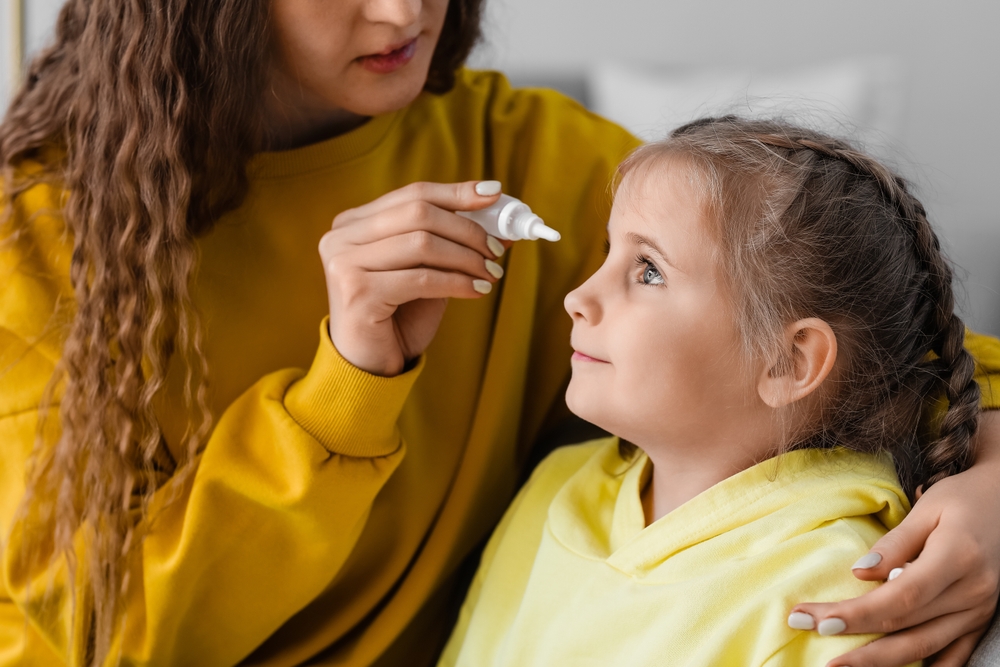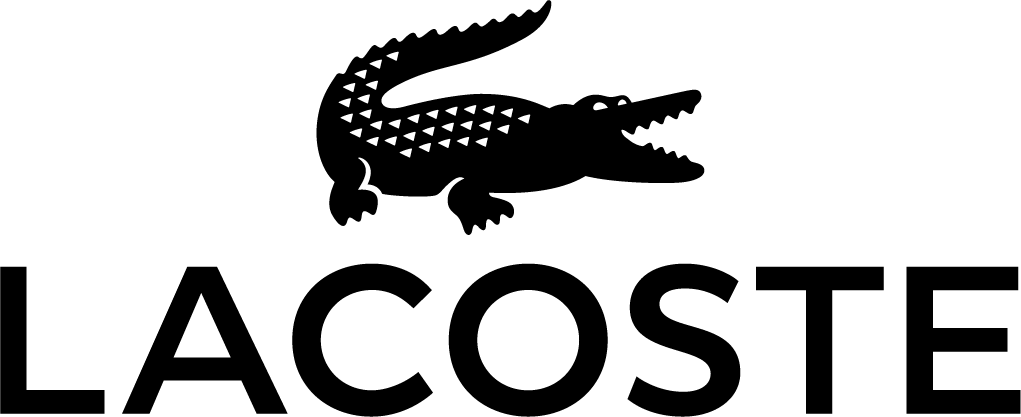
Myopia, or nearsightedness, is a common vision condition where distant objects appear blurry, while close objects remain clear. It occurs when the eye grows too long, causing light to focus in front of the retina instead of directly on it. Myopia affects millions of children worldwide and is becoming increasingly prevalent.
Recognizing the Symptoms of Myopia
Recognizing the early symptoms of myopia is key to managing and treating the condition effectively. One of the most common signs is difficulty seeing distant objects clearly. Children with myopia may complain of having trouble reading the whiteboard at school or seeing road signs from afar. They might squint, sit too close to the television or hold books and tablets close to their face to see clearly. Frequent headaches and eye strain, especially after extended periods of focusing on distant objects, are also common symptoms of myopia.
Parents should also be aware of behavioral changes that may indicate vision problems, such as avoiding activities that require clear distance vision or experiencing a decline in academic performance.
The Role of Pediatric Eye Exams for Early Detection
Regular pediatric eye exams are crucial for the early detection of myopia, especially as the condition tends to worsen as a child grows. Detecting myopia early allows for personalized treatment plans tailored to slow its progression. Without management, children with myopia are at higher risk for developing serious eye conditions later in life, such as glaucoma, cataracts, and retinal detachment.
The Importance of Myopia Management
Myopia management aims to slow the progression of myopia, minimizing the long-term impact on vision. Fortunately, a range of treatments is available to help control myopia, including Ortho-K lenses, multifocal contact lenses, and atropine eye drops.
Ortho-K Lenses: These are specially designed contact lenses worn overnight that temporarily reshape the cornea, providing clear vision during the day without the need for glasses or contact lenses.
Multifocal Contact Lenses: These lenses have different powers to help correct both near and far vision, also assisting in slowing myopia progression.
Atropine Eye Drops: A common treatment option used to reduce the progression of myopia in children. These eye drops are gaining popularity due to their effectiveness and ease of use.
How Atropine Eye Drops Work
Atropine eye drops work by relaxing the muscles in the eye, which can help reduce the eye’s tendency to grow longer—a key factor in the progression of myopia. By limiting this excessive elongation, atropine eye drops slow the worsening of nearsightedness.
These drops are typically prescribed in very low concentrations, making them safe for long-term use in children. While the exact mechanism by which atropine works to control myopia isn’t fully understood, it’s believed to slow down the growth of the eye and reduce the progression of nearsightedness without affecting the child’s day-to-day activities.
Schedule Your Child’s Eye Exam with Professional VisionCare Today
Myopia management is essential for maintaining healthy vision in children and reducing the risks associated with severe nearsightedness in the future. Eye drops like atropine, combined with other treatments such as Ortho-K and multifocal contact lenses, offer families effective tools for slowing myopia progression. Regular pediatric eye exams remain a cornerstone of early detection and personalized treatment, giving children the best chance to maintain clear, healthy vision for life.
Schedule a consultation with Professional VisionCare to learn more about how we can help manage your child’s myopia and preserve their vision. Visit our office in Westerville (614) 898-9989, Johnstown (740) 967-2936, The Solution Center (614) 898-5285, Lewis Center (614) 898-9989, or book an appointment online today.































